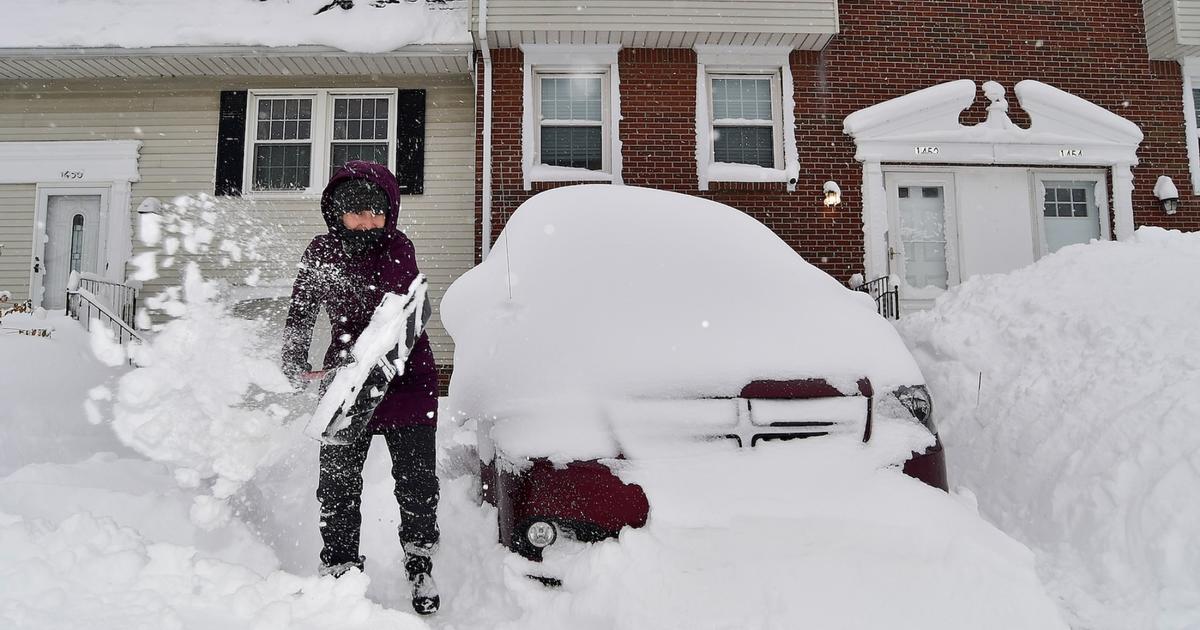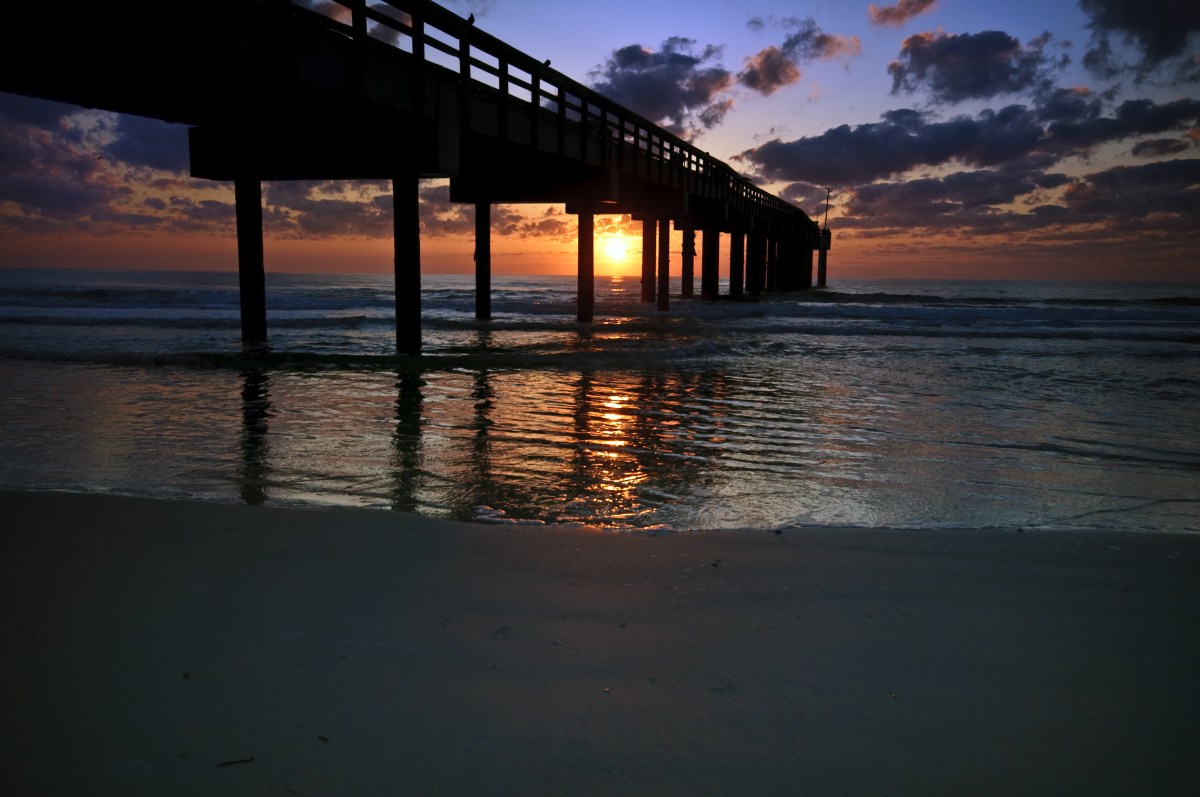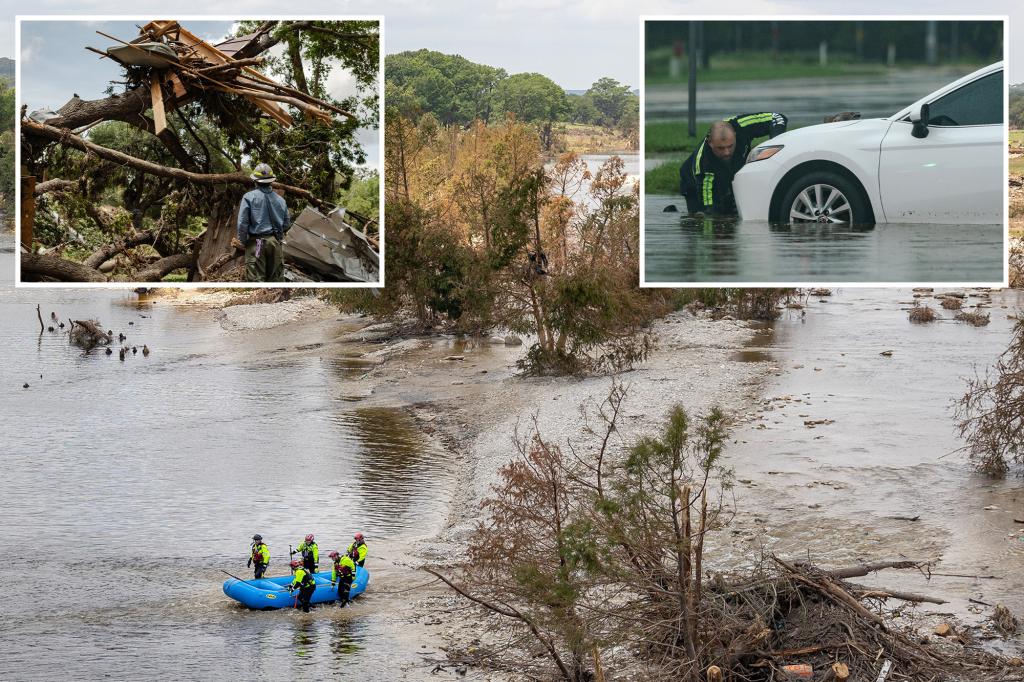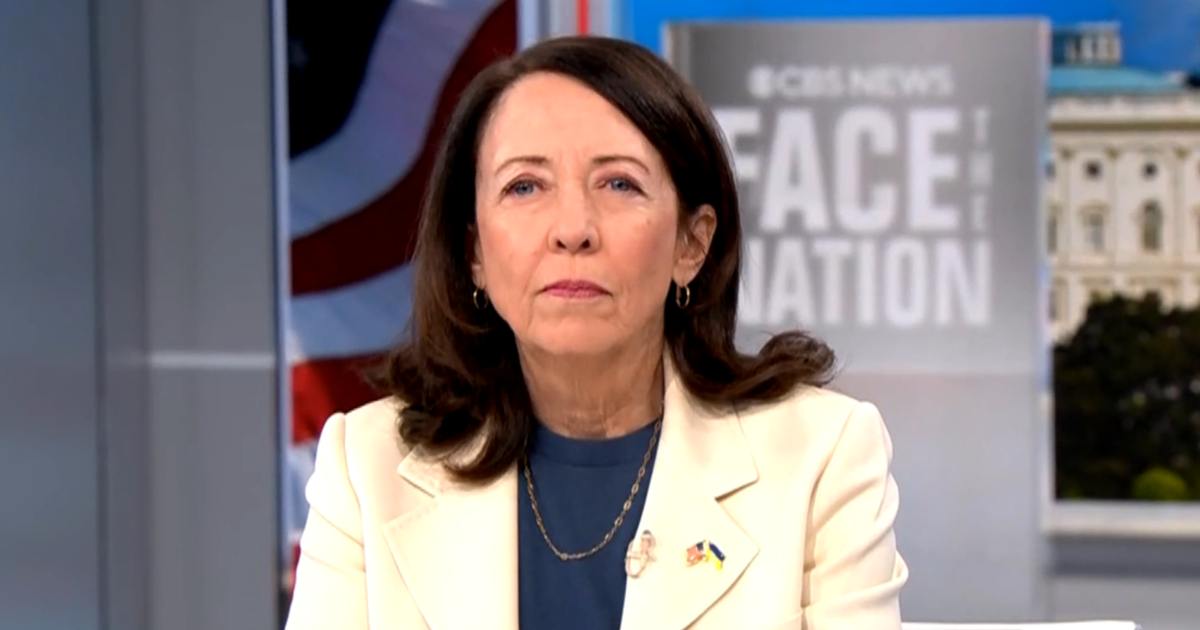As the effects of climate change continue to unfold, one of the more paradoxical outcomes observed in certain regions of the United States is the intensification of snowfall. While global warming is generally associated with warmer temperatures and reduced snow cover in many areas, some locations are experiencing the opposite—a surge in snowfall and colder-than-usual winters. This phenomenon has prompted scientists to delve deeper into the mechanisms driving these unusual weather patterns, as well as the broader implications for regional climate and infrastructure.
The Paradox of Increasing Snowfall in a Warming World
The relationship between climate change and snowfall may initially seem counterintuitive. After all, a warming atmosphere is capable of holding more moisture, which typically translates to more rainfall rather than snow. However, in some cases, particularly in the northern regions of the U.S. and areas near the Great Lakes, warmer temperatures can enhance snowfall in a complex feedback loop.
One of the key factors contributing to this paradox is the phenomenon known as the “polar vortex.” When the polar vortex weakens or shifts, it can allow frigid Arctic air to spill southward into the United States, bringing bouts of severe cold and heavy snow. This shift is often linked to changes in the Arctic due to climate change, which may cause more frequent disruptions in atmospheric patterns.
How Does Climate Change Influence Snowfall?
Climate change is disrupting long-established weather patterns, with rising global temperatures altering jet stream dynamics, ocean currents, and atmospheric circulation. As the Arctic warms faster than the tropics—a phenomenon known as Arctic amplification—it causes a weakening of the polar vortex, leading to the potential for cold air outbreaks across the mid-latitudes. This can result in extreme winter weather events, including heavier snowfall.
- Warmer Atmosphere and More Moisture: As the atmosphere warms, it can hold more moisture, which can lead to increased snowfall when temperatures are low enough. Warmer air can also contribute to more intense storms, including snowstorms, when combined with cold air.
- Changes in the Jet Stream: A weakened jet stream can cause cold air to linger over certain regions, leading to persistent cold spells and heavy snow. This shifting of the jet stream can also bring more frequent storms to areas that may have previously experienced milder winters.
- Altered Ocean Currents: Changes in sea surface temperatures, particularly in the Pacific and Atlantic Oceans, can affect atmospheric circulation patterns and precipitation types. These changes can influence where snowstorms develop and how much snow falls in a given region.
Regional Differences: Who is Most Affected?
While it may seem that all of the United States is seeing more snowfall due to climate change, the reality is more complex. The increase in snowfall is not uniform across the country. Some regions are experiencing heavier snowfalls, while others are seeing reduced snowfall due to rising temperatures. Factors such as geography, proximity to large bodies of water, and local climate patterns all play a role in determining how different areas are impacted.
Great Lakes and Northeast
The Great Lakes region, which includes parts of Michigan, New York, and Ohio, has witnessed some of the most notable increases in snowfall. This is primarily due to lake-effect snow, a phenomenon where cold air moves over the relatively warmer waters of the Great Lakes, picking up moisture and dumping it as heavy snow over nearby areas. The warming of lake waters due to climate change enhances this effect, leading to more intense snowfalls.
The Northeast, including states like New York, Vermont, and New Hampshire, has also seen a rise in snowstorms. This area is particularly vulnerable to shifts in atmospheric patterns, and as the jet stream becomes more erratic due to global warming, the region experiences prolonged cold spells, heavy snow, and winter storms.
The Midwest and High Elevations
In the Midwest, regions like the Dakotas, Minnesota, and Wisconsin, snowfalls have become more intense during certain years, though overall snowfall might not have dramatically increased. However, high elevation areas, such as the Rockies and Sierra Nevada, are seeing more snow, as warmer air patterns bring more moisture into mountainous regions, resulting in heavier snow accumulation.
In contrast, areas like the Southeastern U.S. have experienced a reduction in snowfall due to higher temperatures. Cities like Atlanta, which rarely saw snow in the past, now experience occasional snowfalls, but overall the trend is toward a reduction in winter snow events.
The Broader Implications of Changing Snowfall Patterns
As snowfall patterns become more erratic and intense, several sectors of society face new challenges. These include transportation, infrastructure, agriculture, and public health. Local governments, businesses, and communities must adapt to a changing climate that brings not only more extreme weather but also the unpredictability of these events.
Impact on Infrastructure
One of the most immediate concerns is the impact of heavier snowfall on infrastructure. Cities in snow-prone regions may not be equipped to handle the increased volume of snow, which could lead to more frequent road closures, delayed public transportation, and disruptions to power systems. As snowstorms grow more severe, the cost of snow removal, de-icing, and repair work on infrastructure is likely to rise significantly.
Agricultural Effects
Farmers in snow-heavy regions must also adjust their practices to deal with changing conditions. Snow provides a natural insulation for crops in winter, but erratic snowfalls could leave crops vulnerable to temperature fluctuations. Additionally, changes in the timing of snowmelt could affect water availability for crops during the growing season, potentially leading to water shortages or flooding.
Public Health Considerations
Severe snowstorms and extended periods of cold weather have direct public health implications. Cold-related illnesses such as hypothermia, frostbite, and respiratory problems are a concern for vulnerable populations. Moreover, the strain on emergency services during winter weather events can exacerbate the impact on communities. Prolonged snow cover can also create hazardous conditions for outdoor activities, leading to an increase in accidents and injuries.
The Future of Snowfall in the U.S.
Looking ahead, the future of snowfall in the United States will depend heavily on the trajectory of global climate change and the degree to which nations take action to mitigate emissions. As warming continues, scientists expect more frequent and intense weather events, including snowstorms, in certain regions. However, snowfall may become less predictable, with alternating periods of severe winter weather followed by unusually mild winters.
Adaptive strategies, such as improving snow removal infrastructure, investing in resilient energy systems, and better predicting weather events, will be critical for mitigating the impact of these unpredictable snowfalls. Understanding the complex relationship between climate change and winter weather is an ongoing challenge for researchers, but it remains essential for communities to plan for a future where the extremes of both snow and heat could become more common.
Conclusion: A Changing Climate, A Changing Winter
The paradox of increasing snowfall amid a warming world highlights the complex nature of climate change and its unpredictable effects on regional weather patterns. While climate change is generally expected to result in warmer winters, the intensification of snowfall in certain areas underscores the need for more nuanced models and deeper understanding of how climate systems work. In the future, Americans may find themselves navigating both extremes: snowstorms on the one hand and heatwaves on the other, with the unpredictable nature of both posing significant challenges for society.
As researchers continue to explore the intricacies of climate science, policymakers and communities must be prepared to face the changing face of winter weather, adapting to both the extremes of snow and the shifts in seasons that climate change brings.
For more information on how climate change is impacting weather patterns across the U.S., visit NOAA’s official website.
See more Your Daily Weather



